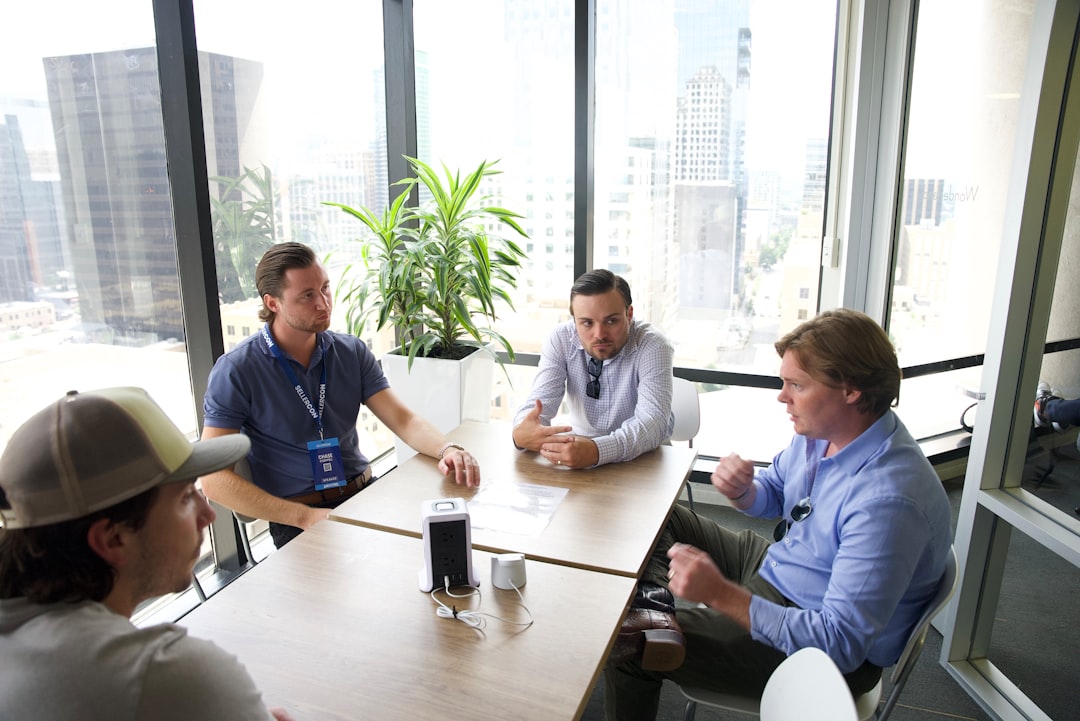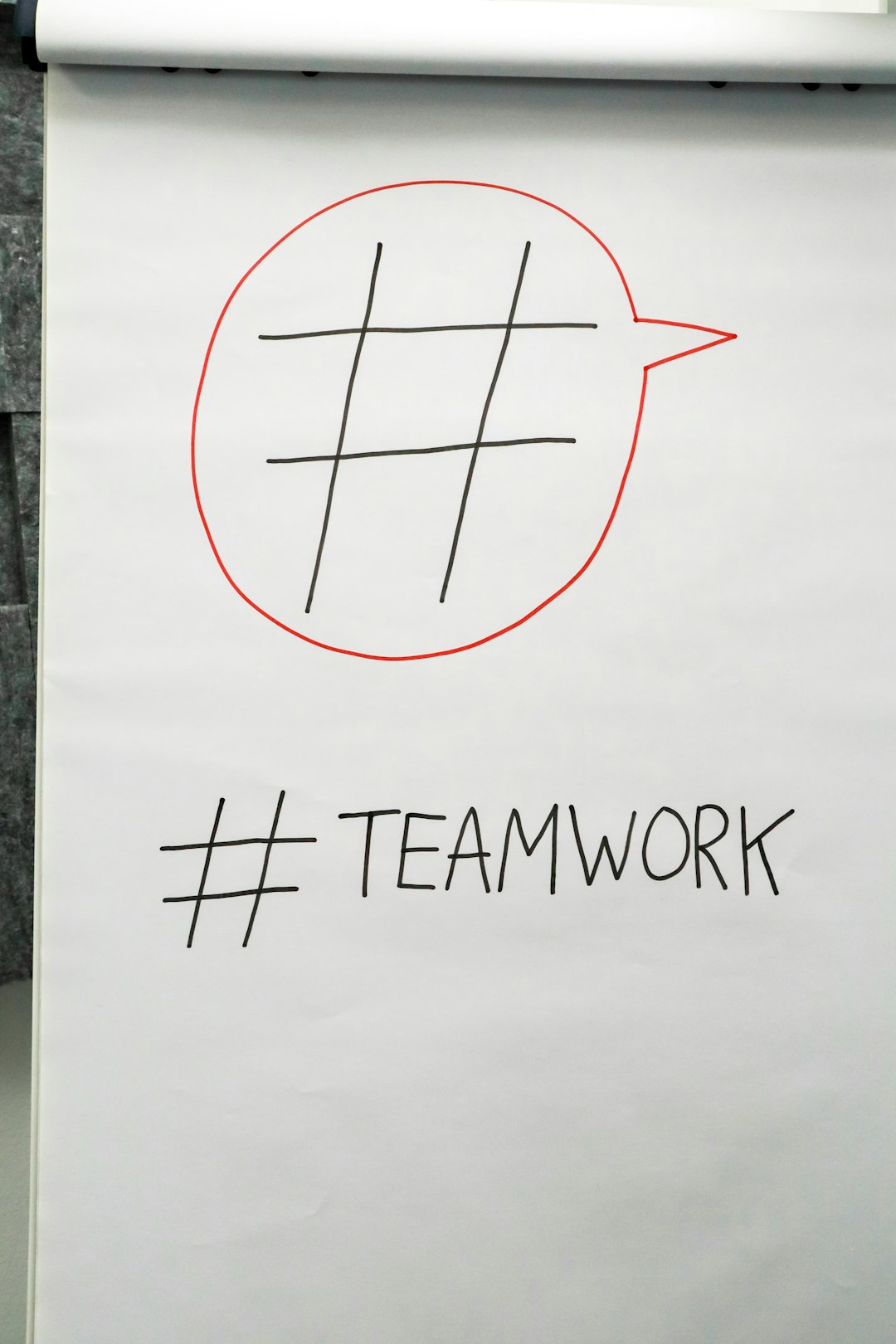
Launching a community to fuel product growth can be exciting—an opportunity to connect your users, fuel conversations, and create loops of trust and advocacy. But unfortunately, many end up in Slack “ghost towns,” where only a handful of welcome messages and bot alerts exist, with little interaction among members.
So how do you build community-led growth without ending up with another inactive channel that people leave within a week?
That’s exactly what we’ll unpack in this article. We’ll go beyond the startup clichés and look at how to create a vibrant, healthy, and growth-oriented community that delivers value both to its members and to your business.
What Is Community-Led Growth?
Community-led growth (CLG) is a go-to-market strategy where brands empower their most engaged users to share knowledge, support each other, and advocate organically. When done right, it creates an environment where users help drive acquisition, retention, and expansion through relationships and trust rather than traditional sales funnels.
Unlike customer service or sales-led models, CLG activates the voices of loyal fans and experts. This is grounded in the belief that humans trust humans—not ads, not email campaigns—especially when exploring new tools or forming opinions about a product.
The Problem with Slack Ghost Towns
Too often, startups default to the formula of setting up a Slack or Discord channel, announcing it on Twitter, and hoping it grows magically. A few early messages come in, then things slow down. Without direction or a clear purpose, people disengage. Soon, the once-promising community feels desolate.
Here’s why this happens:
- No clear value proposition: People don’t know why they should stick around or participate.
- Lack of structure: No rules, no content plan, no engagement engine.
- Poor onboarding: New members join and receive a “Hi!”—and not much else.
- Too many channels: The Slack workspace has dozens of channels but little clarity on where to go.
- No facilitated conversations: Without active discussions or shared rituals, energy drains quickly.
So does this mean community-led growth doesn’t work? Absolutely not—it just needs strategy, patience, and the same level of rigor you’d apply to product, design, or marketing.
How to Kickstart a Thriving Community
1. Define Purpose and Personas
A successful community has a well-defined purpose. Ask yourself: Why should this community exist? What’s in it for members? Who is it for?
Don’t try to build for “everyone in SaaS” or “all our followers.” Start strategically. Focus on one key persona. For example:
- Product managers using your tool
- Content creators growing a newsletter
- Developers experimenting with your API
With a narrow focus, you can tailor discussions, resources, and programs that resonate deeply with your members.
2. Start with 20 Super-Engaged Members
Before scaling, build depth. Identify your first 20 potential super-engaged users. These could be power users, loyal customers, or advocates who’ve tweeted about you. Invite them with a clear message:
“We’re launching a small private group for top customers to share real-world use cases, get direct product access, and shape the roadmap. Interested in joining?”
With 20 vocal members, every post gets more replies, fueling a sense of momentum right out of the gate.
3. Design for Participation, Not Just Presence
One overlooked aspect of thriving communities is intentional interaction design. You’re not just creating a chat room—you’re designing behaviors and habits.
Some effective engagement initiatives:
- Weekly prompts: “What’s one thing you’ve shipped this week?”
- AMA sessions: Invite internal team members or expert users to answer questions.
- Product feedback hour: Create space for members to test features and comment live.
Encouraging participation helps members feel ownership. Without this, they’ll become passive observers—and eventually leave.
4. Set Cultural Norms Early
Great communities aren’t chaotic; they’re cozy, organized, and respectful. From day one, establish how people engage:
- Be welcoming and open to new voices
- Keep self-promotion limited and purposeful
- Share wins, even the small ones!
- Ask questions—there are no “dumb” ones
Document these norms in a welcome message or pinned post. Better yet, lead by example. If you want members to post weekly wins, start by posting yours first.

5. Build for Quality Over Quantity Early On
It’s tempting to chase big numbers—1,000 members! 10,000 followers!—but these don’t reflect community health. Early on, the measure of success should be:
- Engagement per member
- Repeat visits
- Member-to-member connections
- Unprompted conversations
Focus on delighting a niche group and making them feel seen. Growth will follow organically from there through word of mouth and positive brand association.
6. Create Closed Loops with Product
A strong community isn’t separate from your product; it enhances it. Create moments where the community directly influences what you ship—feature prioritization, beta testing, or documentation walkthroughs.
Here’s how this creates a growth loop:
- Engaged users give feedback
- Product evolves faster and better
- They feel invested and advocate externally
- New users discover the product and community
This cycle turns passive users into active contributors—and growth partners.
Examples of Successful Community-Led Growth
Let’s look at a few real-world examples for inspiration:
- Notion’s Ambassadors: Notion didn’t just create a forum—it empowered superfans by giving them content, perks, and audience. They didn’t ask people to post; they gave people a reason to start posting.
- Figma’s Design Twitter: Figma leaned heavily into design Twitter and community events, letting users showcase work and build their own following within the brand ecosystem.
- Webflow University: Webflow turned customer education into a movement. Their community isn’t just learners—it’s creators, teachers, and builders armed with tools to succeed.

In all of these cases, the key wasn’t fancy tools or massive budgets—it was empowering users and removing friction to contribute.
The Long Game: Sustaining Momentum
Growth is not the finish line. Once your community is up and running, it needs ongoing care. Think of it like a garden. Without water (in this case, content, engagement, and leadership), it will wilt.
Set up roles like “community champions” to help moderate and initiate conversations as the community scales. Send monthly summaries with top posts and news. Host regular virtual meetups or even in-person sessions if it makes sense.
Also, track metrics that go beyond vanity numbers:
- Time to first contribution
- Number of active monthly contributors
- Member NPS for the community itself
- Referrals that originate from members
Conclusion: Building Connection Is Hard—But So Worth It
Creating a community that contributes to real growth requires intention, empathy, and long-term investment. Slack ghost towns aren’t inevitable—they’re a result of hasty execution. By starting with the member in mind and designing for connection, you’ll unlock one of the most powerful growth engines a modern brand can have.
It’s not just about users talking to your company—it’s about them talking to each other, sharing what works, and building something bigger than themselves. That kind of connection doesn’t just grow numbers—it grows brands with soul.





